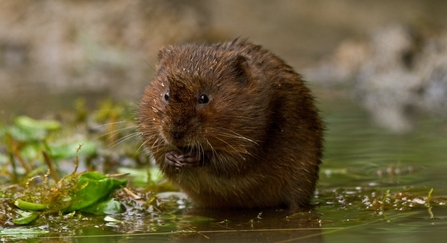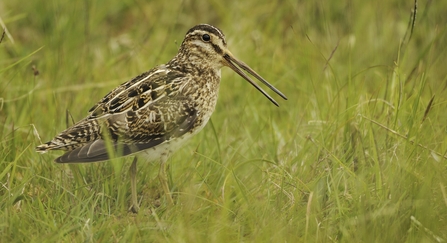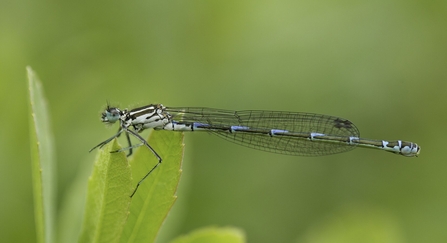How we are supporting threatened wildlife at Bay Meadows

Russell Savory
Rare and endangered water voles are still found living along the River Og. Surveys show that across the UK water voles have disappeared from over 94% of sites where they were previously found and are probably extinct in nearby counties. We are enhancing the chalk stream and improving its flow and condition, encouraging bankside vegetation to further protect water voles.

Snipe (Gallinago gallinago) Portrait of a bird in a marsh. Fergus Gill/2020VISION
The meadows are an important night time feeding and roosting area for snipe. We are creating ponds, scrapes and marshy areas full of reeds, enhancing the site for ducks and wading birds like snipe and potentially for water voles. Snipe numbers have fallen dramatically in recent years and they are now on the Amber List of species of concern.

Irish damselfly, Coenagrion lunulatum, close-up view, Ben Hall/2020VISION
Wildflower meadows will provide a range of flora for insects and invertebrates, supporting the foundations of the food web for local wildlife. We are increasing the variety of wild flowers in the meadows by scattering green hay collected from other Trust nature reserves. The seeds introduced should establish and improve the diversity of the site, a technique we’ve used successfully across the county, to encourage butterflies and other insects such as dragonflies and damselflies.
We have already recorded 106 species of plants in the area.
